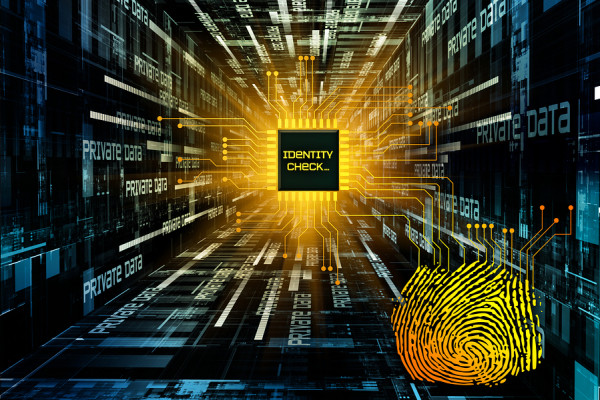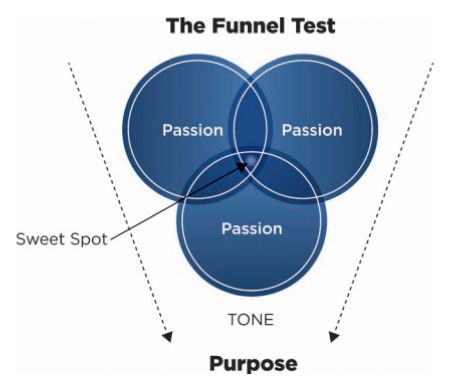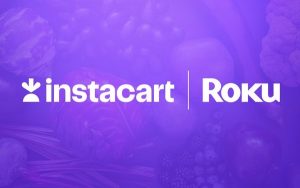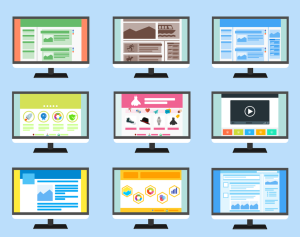
Ever Googled yourself? What did you see? Did you like your web “you”?
That’s the only way some people see you today in a digital world.
You are defined by your online content, brand and persona. Sometimes a personal branding focus can be seen as an overt attempt of self promotion.
In crowded job market and a competitive business world some packaging and promotion is essential.
Does your job define “you”?
For many people their career can be their primary building block that provides major personal meaning and purpose outside of their family. Lose your job and the question is asked, “Who am I?” or “Why do I exist?
Being made redundant at 40 0r 50 can raise many doubts about life and its purpose. Being fired due to bad economic conditions, company failure or a political power play can be life shattering for many.
Should your life be so defined?
It’s as if you handed your life to the boss or the company that hired you. That is a scary place to be and can be avoided.
Building a personal digital brand can be done in parallel to your job and career.
Should companies suppress personal brands?
Sometimes companies see the personal brand as a threat.
That is the old closed model of command and control. It doesn’t work well in an internet century. Hal Varian said
“The internet is a lab experiment that got loose“
Many companies still want to control and restrict their top employees within the confines of the corporate brand and hide them. They are afraid they might get “loose”.
Let them shine and they will add a credibility and a halo to the corporate and organization’s brand. Smart creatives and “Ninja geeks” need to be given the recognition and rewards they deserve or you will lose them to a competitor.
Start your digital legacy
There is also one aspect of creating a personal and substantial brand online. It is the creation of a digital asset and foot print that outlasts your current job, the next career and the one that follows.
It may even outlast you.
I suspect that in 100 years that a search engine (it maybe Google) will still have your content indexed. Maybe paying for domain name so your blog or website remains live and online should be built into your children’s inheritance commitments!
In a web world the digital “you” will outlive the real flesh and blood you.
Creating a personal brand online is a legacy building process that will supersede any job or career. It’s not just about looking good and placing a few words on LinkedIn. it is a persistent focused process of creating and publishing content that you are passionate about on your own digital platform.
It is the documenting of “your” intellectual property.
So where do you start?
What steps can you take to build a personal legacy and body of work that will be the documented journey of a lifetime that lives beyond LinkedIn or Facebook?
1. Passion and purpose
Random mutterings online show lack of focus. Make sure you have your direction and purpose clear as possible.
Can you state what you’re about in 20 words or less?
You need a spark to start a fire. That’s the passion piece. This is what will sustain you when inspiration deserts you and doubts engulf your daily life.
One particular approach that provides a simple framework is worth considering. Porter Gale’s steps to discovering your focus is quite helpful without overcomplicating it.
The 4 steps
- List your passions
- Discover the sweet spot at the intersection
- Describe your tone – Witty, Irreverent, Inspirational etc
- Write the 20 word mission statement that distils your purpose

2. Digital platform
The other day someone said to me that they wanted to build their personal brand on just on LinkedIn. Nothing wrong with that, except, why give all the great content to someone else?
Why not build it for yourself and also share it on LinkedIn.
A great place to start is with WordPress. Design and build your digital platform with your own domain and self hosted.
3. Social proof
Building trust online is vital to position yourself as one worthy of reading, following and sharing. This will take time.
Online “social proof” is where you display your evidence of achievements. It is a combination of a variety of factors.
These could include:
- Awards
- Mentions in mass media and online blogs and publications
- Book(s) written
- The number of followers on social networks
- The amount of social sharing of your content. Retweets, LinkedIn and Facebook shares are part of that attention quantification.
This is the credibility piece and can be displayed in your “About” or “Bio” tab and on your home page .
4. Select your social networks
Twitter, LinkedIn and Facebook are your generic social default networks. After that it becomes more murky. Let’s take an example. If your passion is fashion, photography, food or design then you will need to focus also on visual social media channels. The biggies are Youtube, Pinterest and Instagram.
If you are in a knowledge industry then your choices will be different. Slideshare, Google+ and even a personalized Flipboard magazine will provide suitable platforms to display and share your insights and knowledge.
I would recommend that you focus on the top three I mentioned. But also secure your brand name on several of the relevant social networks that are suitable for your media priorities and industry.
5. Create focused content
There is an ecosystem of topics that will surround your core focus that will become your content pool. You can list them out. They can also be your key phrases that you want to rank on search engines.
A photography blog could have the following topics that become your content pool.
- Landscape photography
- Fashion photography
- Lighting tips
- Camera equipment
- Travel photography
And the list goes on.
If you know your industry well you will know the major categories. Once you have started publishing then you will find what are the biggest problems and aspirations of your readers and will fine tune the content as you get feedback in real time via retweets, comments and shares.
6. Build tribes
They say it takes a village to raise a child. You are going to need an online global tribe to help you share your story and build that powerful personal brand!
Even Coca Cola realised when it changed its marketing focus from “creative excellence” to “content excellence” that they could never create or pay for the the same amount of content that their fans and advocates could create on their behalf.
Octoly published some research that revealed that just on YouTube alone 99% of content about a brand such as Lego was produced by its “tribe” of passionate users and customers.
So from day one, start building followers on social networks to assist you in crowdsourcing the sharing of your content.
They will do your marketing for free when they discover your passion, how good your content is and enjoy your focused expertise that provides helpful insights and inspiration.
7. Network
Business networking is both an online and offline initiative. It starts with weak ties. These can be quick bite size connections on Twitter, Facebook, LinkedIn and Google+.
It can be as simple as sharing someone’s content or thanking them for their great article.
There are platforms and tools for identifying influencers and facilitating online networking.
Here are a few worth considering.
- Nimble
- Topsy
- Explore B2B
Strong ties
Then you can move your focus on networking to strong ties. That’s offline and face to face. Humans still thrive on that physical connection. The shaking of hands, the hug and the intimacy of human touch.
Sharing a meal, coffee or a drink can build relationships that can start businesses, open job opportunities and partnerships.
Powerful purposeful networking is not about “you”, it’s about helping others first.
8. Collaborate
You have built the network and helped people. Then you will start to know which of those you will be able to work with and collaborate to leverage your personal brand.
Creating joint ventures will enable you to monetise and leverage your brand awareness.
Just imagine the power of 10 people with 10,000 email subscribers each and also 10,000 followers on social networks. Helping each other market or share your content will drive a significant and powerful personal brand. You can choose to monetize this by packaging your knowledge or you can use it to just build a global network of business connections and opportunities.
9. Write a book
Want to get real serious about creating a powerful personal brand?
Then a book is vital.
It doesn’t have to be “War and Peace”. That’s a 1,000 pages. Ninety pages will do. You don’t have to beg permission to publish. Do it yourself. It can be done on Amazon, Apple or even your own blog in an ebook format or print
10. Learn the art of communication
This is where the magic happens. Not just teaching minds but inspiring hearts. If you want to move and motivate people then the art of communication needs to be learned.
The mediums to this include written, verbal and visual.
a. Written
Writing is one type of communication that can reach people without opening your mouth or even being there. That is a blog post, a book or an article.
b. Verbal
Verbal communication is very personal. People can hear your tone and can feel your passion. Podcasts are the most used verbal communication tool online.
c. Visual
When I Skype I enjoy the visual nature of using a tool like Skype. I can see their face and expressions. It accelerates the connection building process.
Online this means using a variety of technologies. These include but are not limited to:
- Skype
- Webinar platforms
- Google+ hangouts
Learning how to be effective in using these mediums will create deeper and more powerful connections that will amplify your personal brand
Offline communication
Appearing in person is the most important and fun way of communicating. It is when you really want to establish a strong connection.
This can be a one on one meeting, a workshop or a keynote presentation.
If you need help to overcome this fear and improve then hire a coach. It should include the art of storytelling, entertaining and structure.
More reading:
- 26 Tips for Creating a Powerful Personal Brand Online
- How to Market your Personal Online Brand on 10 Social Media Networks
- Personal Branding on LinkedIn: 10 Mistakes to Avoid
- How to Create and Grow Your Influence on a Global Social Web
- 23 Steps To Build Your Personal Brand
What about you?
How is your personal brand in this digital global world? Could you do better? Have you created your digital platform?
What success have you achieved by establishing an online personal brand?
Look forward to hearing your stories and insights in the comments below.
Business Articles | Business 2 Community
(505)







